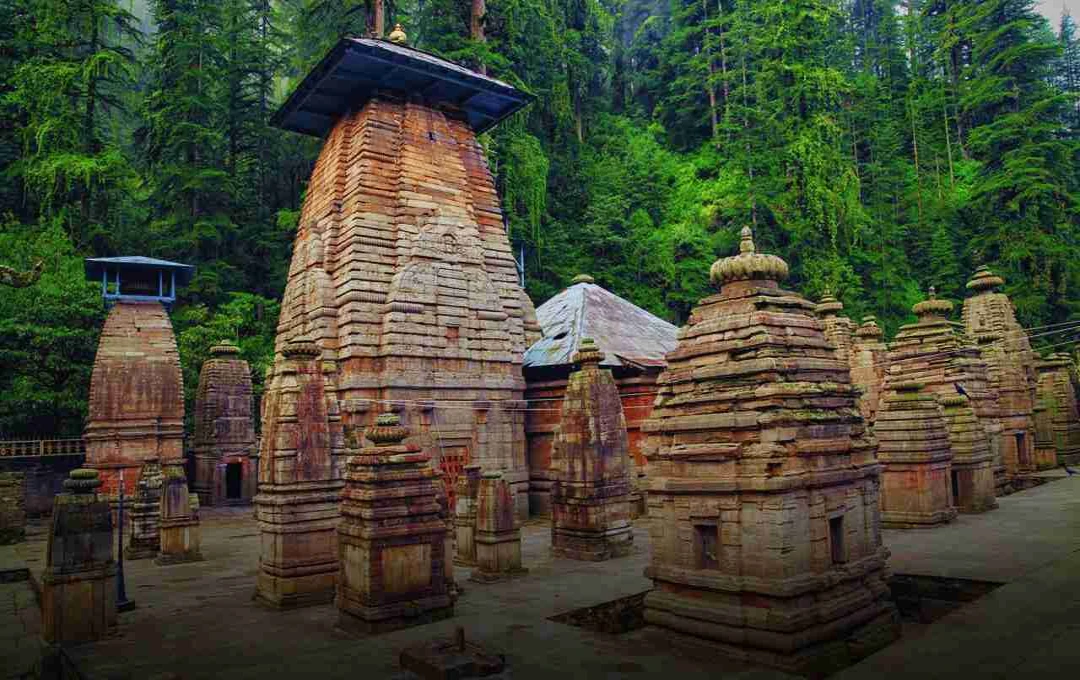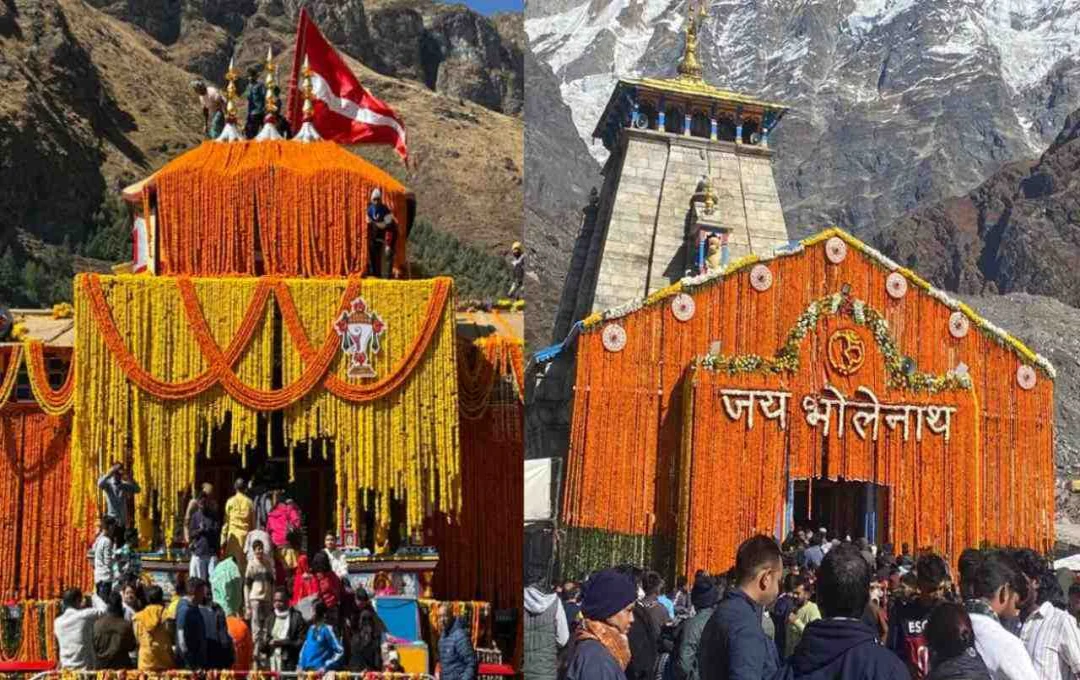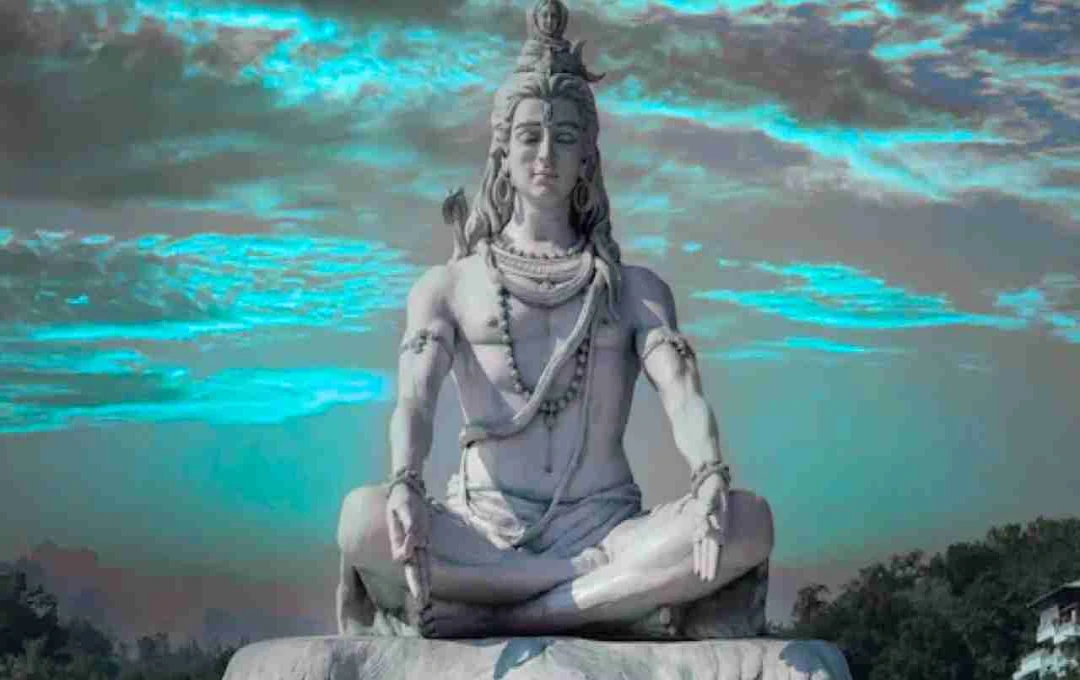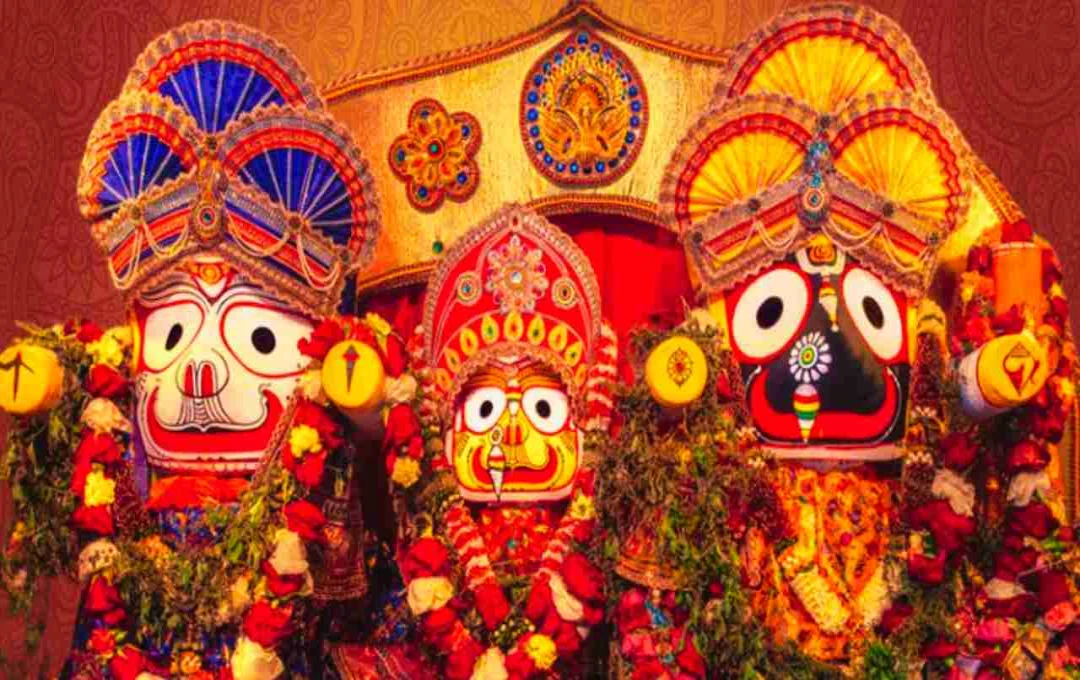Uttarakhand is often referred to as the “Devbhumi” or “Land of the Gods.” This sacred land is home to countless temples dedicated to various deities, not only symbolizing faith but also preserving mythological narratives and ancient history. As a central hub for the Char Dham pilgrimage, Uttarakhand boasts numerous temples that have safeguarded Hindu culture and traditions for thousands of years. Among these significant sites is the Jageshwar Dham Temple.
The temple is renowned not only for its spiritual significance but also for its 2500-year-old heritage, architectural artistry, and mythological importance, making it truly unique. It’s more than just a pilgrimage site; it’s a vibrant center for understanding the essence of Indian religion and culture.
Devbhumi’s Divinity: Jageshwar Dham
Located in the dense deodar forests of the Alora district of Uttarakhand, Jageshwar Dham is a sacred place where Lord Shiva and the seven Rishis (sages) are believed to have undertaken penance. Legend has it that such intense energy radiated from this location that a self-manifestation of a Shiva Lingam occurred. Subsequently, the area became known as Jagannath (Jageshwar), meaning “Awakened Deity.”
The complex houses approximately 124 temples, many of which are small and some exceptionally ancient and crucial. A distinctive feature of these temples is that they were all constructed during the reigns of the Katyuri and Chandravanshi dynasties, whose influence is clearly visible in the temples’ architectural style.
Mythological Significance and References in Scriptures
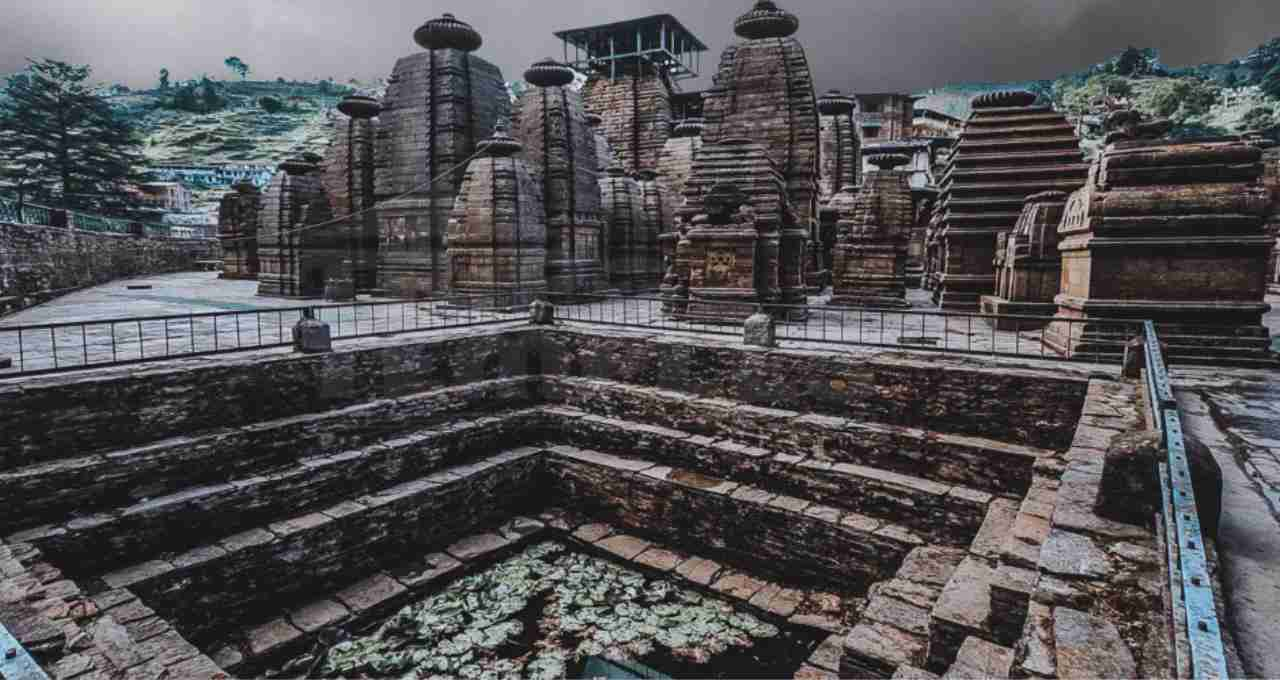
Jageshwar Dham is also mentioned in ancient scriptures such as the Shiva Purana, Linga Purana, and Skanda Purana. It’s said that here, Lord Shiva attained the highest state of Yoga through deep meditation.
According to tradition, the Pandavas are believed to have spent some time here during their exile, worshipping Lord Shiva. Consequently, the four principal temples within the complex are also referred to as “Pandava Temples.”
A Jyotirlinga and the Grace of Adi Shankaracharya
Although the Jyotirlingas’ traditional list does not include Jageshwar, some local traditions and beliefs consider it one of the twelve Jyotirlingas.
It’s also believed that Adi Shankaracharya himself visited the temple and consecrated the Shiva Lingam. His objective was to quell the negative forces spreading in the area and restore dharma (righteousness).
Natural Beauty and the Convergence of Spiritual Energy
Jageshwar Temple is unique not only for its religious significance but also from a natural perspective. Situated on the banks of the Jata Ganga river, the soothing sound of the flowing water creates a serene atmosphere. The surrounding dense deodar forests and the pure mountain air contribute to a special spiritual environment.
Many devotees come here for meditation and spiritual practices, as the site is also renowned as an energy center. Practicing meditation in certain locations here is believed to induce mental peace and spiritual experiences.
Temple Architecture – A Living History
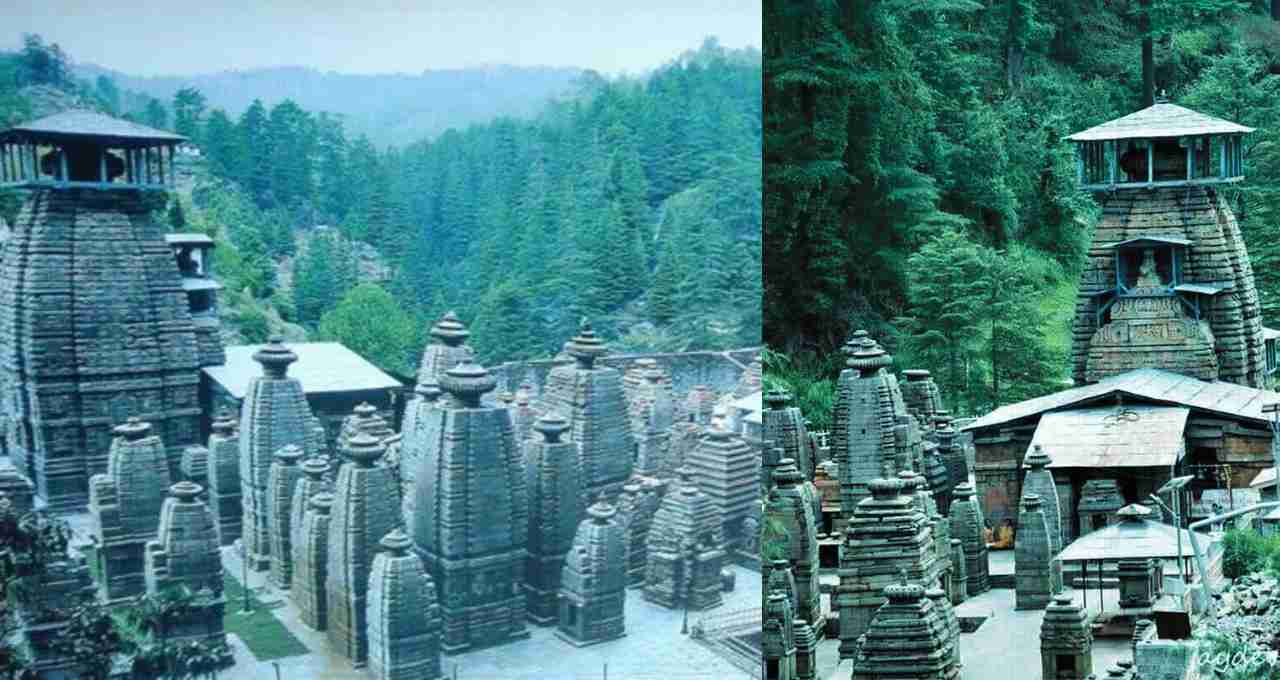
The architectural style of the Jageshwar Temple group resembles that of temples in Kashmir and Karnataka. The temples are constructed using large stone slabs. The intricately carved sculptures on the temple doors and walls exemplify the craftsmanship of the era.
Each temple has a unique name, structure, and deity – such as the Mahamrutunjaya Temple, Dandeshwar Temple, Jageshwar Temple, and Navagraha Temple, among others.
The Mystery and Influence of Jageshwar Dham
Many devotees believe that visiting this temple has brought positive changes to their lives. The energy of the temple and the practice of meditation before the Shiva Lingam are said to liberate individuals from life’s difficulties. It is also believed that the temple’s special rituals and regular Rudra Abhishek (ablution) can dispel effects like karmic bondage and Pitru Dosha (ancestral affliction). Many pilgrims also visit for Shradh (memorial rites) and Tarpan (ritual offering).
Jageshwar Dham is more than just a temple; it’s a living spirituality – a place where mythological history, religious faith, and natural beauty converge. If you are a devotee of Lord Shiva or seeking spiritual peace, a visit to Jageshwar Dham is highly recommended to experience an extraordinary journey.
